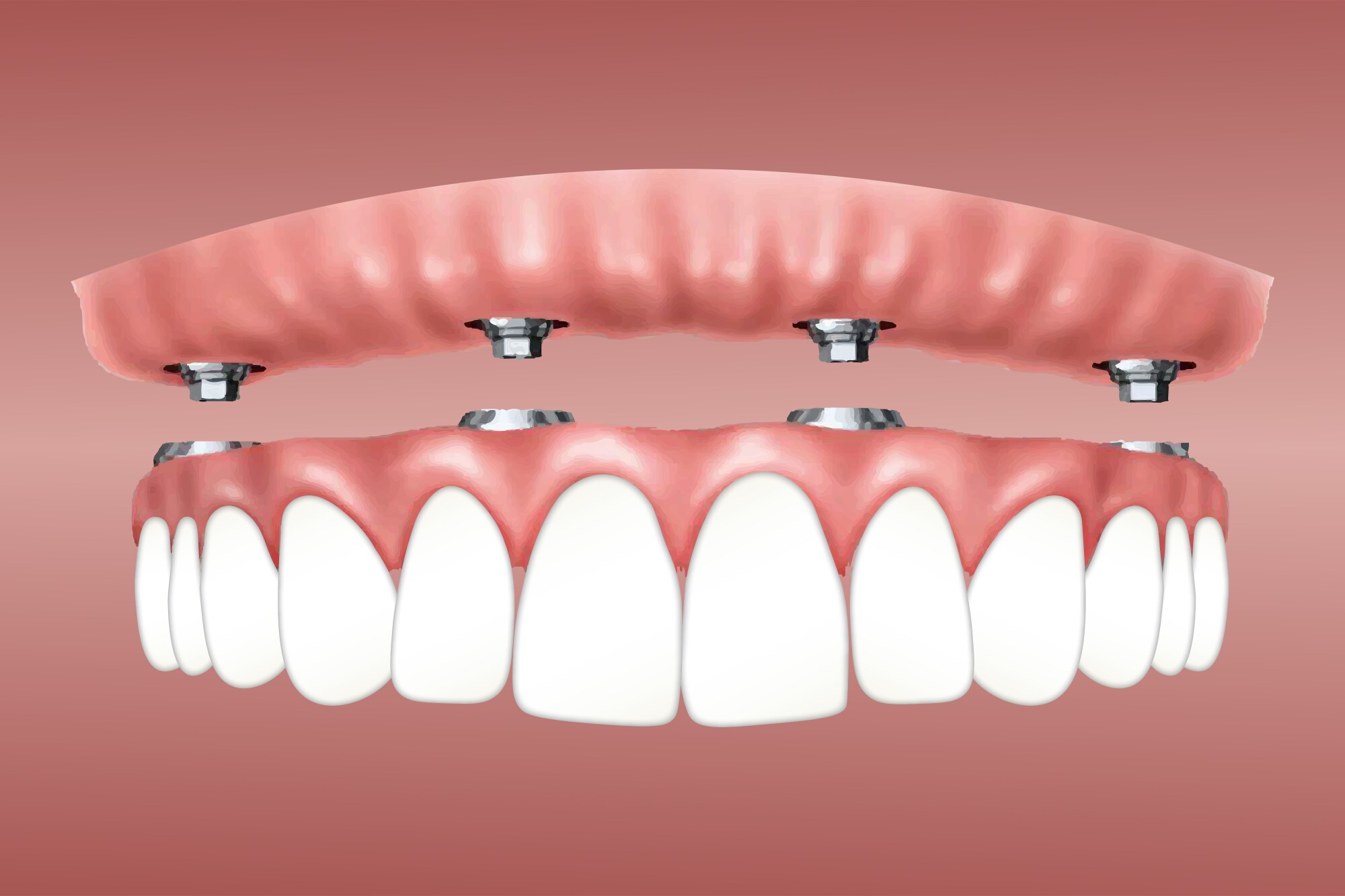The Only Guide to Dental Sense
The Only Guide to Dental Sense
Blog Article
Getting My Dental Sense To Work
Table of ContentsThe Dental Sense PDFsNot known Incorrect Statements About Dental Sense Dental Sense Can Be Fun For EveryoneWhat Does Dental Sense Do?
are clinical tools operatively implanted right into the jaw to recover a person's capacity to chew or their appearance. They give support for fabricated (phony) teeth, such as crowns, bridges, or dentures. When a tooth is shed because of injury or condition, a person can experience problems such as quick bone loss, faulty speech, or adjustments to chewing patterns that lead to discomfort.Oral implant systems contain a dental implant body and dental implant joint and may likewise include an abutment fixation screw. Root canal procedure. The oral implant body is operatively placed in the jawbone in place of the tooth's root. The dental implant abutment is typically attached to the implant body by the joint addiction screw and extends via periodontals into the mouth to sustain the attached artificial teeth
(https://allmyfaves.com/dentalsense1?tab=Dental%20Sense)Structure of The Dental Implant System picking dental implants, speak to your oral copyright regarding the potential benefits and risks, and whether you are a prospect for the procedure. Things to consider: Your total health and wellness is a crucial element in establishing whether you are an excellent prospect for oral implants, the length of time it will certainly take to recover, and how much time the implant might remain in location.
Cigarette smoking might influence the recovery process and decrease the long-term success of the dental implant. The recovery process for the implant body might take several months or longer, throughout which time you typically have a momentary abutment in area of the tooth. the dental implant treatment: Meticulously comply with the oral health guidelines offered to you by your dental supplier.
All about Dental Sense
Implant failing can result in the demand for an additional procedure to repair or change the implant system. Restores the ability to chew Restores aesthetic look Helps maintain the jawbone from shrinking due to bone loss Preserves the health and wellness of the surrounding bone and gums Aids keep surrounding (neighboring) teeth secure Improves lifestyle Damages to bordering all-natural teeth throughout implant positioning Injury to the surrounding cells throughout surgical procedure, such as sinus perforation Injury during surgical procedure (for example, crack of bordering jawbone) Insufficient feature, such as seeming like the teeth do not attack together usually A feeling that the tooth is loose or twisting in location arising from an abutment screw loosening up Implant body failing (looseness of the dental implant body) because of systemic infection, which may be a lot more most likely in individuals with uncontrolled diabetes due to local infection in bone and gum tissues supporting the dental implant body as a result of postponed recovery, which may be much more most likely in clients that smoke Problem cleaning the gums around the dental implant, causing poor oral health Without treatment gum disease Post-surgical pins and needles because of nerve impingement or damages Constantly inform healthcare suppliers and imaging technicians that you have oral implants before any kind of magnetic resonance imaging (MRI) or x-ray procedures.
FDA is not knowledgeable about any unfavorable occasions reported for MRI or x-ray procedures with dental implants. Oral implants systems are commonly made from materials additional hints that comply with global consensus requirements of the International Company for Standardization (ISO) or ASTM International. These criteria have information of what makes a secure product.

An oral implant is a framework that replaces a missing out on tooth. With screw-like devices, the surgeon inserts an implant into the jawbone, and it acts as an anchor for a synthetic tooth, called a crown. A device called a joint links the fabricated tooth to the oral implant. The crown is custom-made to fit the person's mouth and match the shade of their teeth.
About Dental Sense
Some individuals are not eligible for dental implant surgery. It is for dental doctors to operate on people with: intense illnessuncontrollable metabolic diseasebone or soft cells disease or infectionIf these problems are solved, a person can have the surgical treatment. In, oral specialists avoid operating on people with: If people with any of the above go through oral implant surgical procedure, there is a higher threat of the implant failing.

Dental implant surgical treatment is a personalized process. Provide you time to heal. Affix the post and last crown, bridge or denture.
Next, your cosmetic surgeon will thoroughly position the oral implant right into your jaw. Finally, your surgeon will certainly rearrange your gum tissues and shut the incision with stitches. If your implant is near the front of your mouth, your dental expert will make a momentary tooth for you to use up until you recover. This way, you won't have a void in your smile while you recuperate.
The Best Guide To Dental Sense
Throughout the healing phase, your jawbone should fuse to the dental implant. This procedure can take anywhere from 3 to 9 months.
Once your dental implant heals, your dentist can attach the joint (small port message) and your last repair (crown, bridge or denture). This usually takes about one hour to complete and may call for a 2nd minor surgical treatment. You shouldn't really feel any kind of pain throughout your oral implant procedure because your supplier will certainly utilize medication to numb your gums.
Report this page